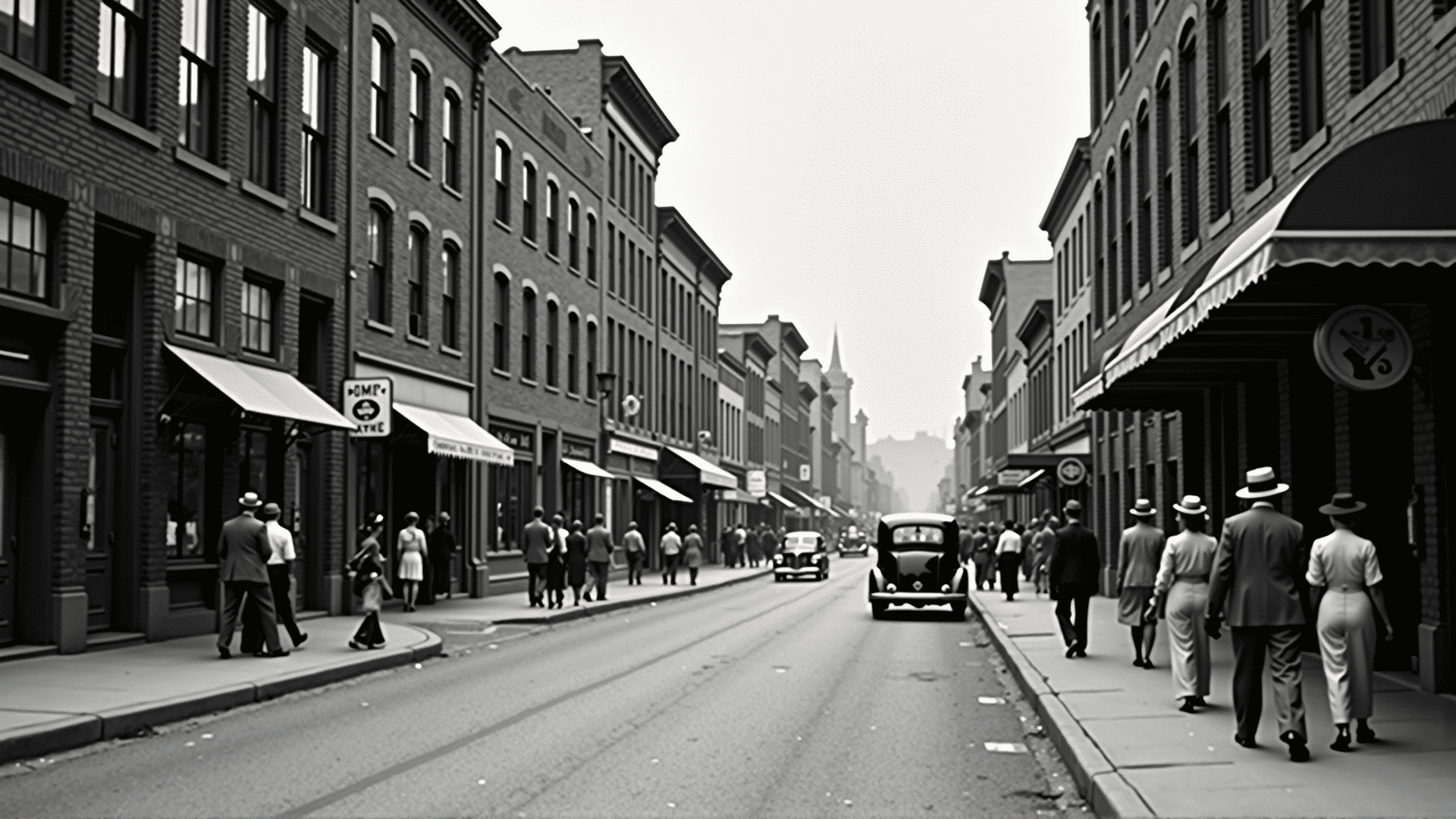Photography, since its inception, has always been about capturing moments. Yet, to turn these moments into compelling stories, effective composition plays a vital role. Over time, various compositional techniques have evolved, enhancing the ability of photographers to tell stories through images.
One of the earliest and most enduring composition techniques is the rule of thirds. Originating from the world of painting, this guideline suggests dividing an image into three equal parts both horizontally and vertically, and placing key elements along these lines or their intersections. This creates a sense of balance and natural harmony, drawing the viewer's eyes to the focal points of the image. The rule of thirds helps to maintain the viewer's interest and guide their journey across the photograph.
As photography matured, so did the exploration of leading lines. These lines direct the viewer's attention towards the main subject, guiding the eye through the image seamlessly. Whether they are straight, curved, or diagonal, leading lines create depth and perspective, transforming a flat image into a multi-layered narrative. From roads and trails to railways and rivers, leading lines have become an essential tool for photographers to highlight the subject and structure their visual storytelling.
Symmetry and patterns also found a distinguished place in the photographer's toolkit. These compositional techniques play on the human fascination with balance and repetition. Photographers exploit this by mirroring subjects, creating reflections, or capturing repetitive textures and shapes. This approach often leads to striking, aesthetically pleasing photographs that invoke a sense of perfection and order.
Another technique that gained prominence is the use of framing. By using elements within the scene to create a 'frame' around the subject, photographers can add depth and context to their images. This technique not only draws focus to the main subject but also sets the stage, providing additional story layers within the photograph. Natural elements like tree branches or man-made structures like doorways often serve as effective frames.
In recent years, minimalism has grown popular, contrasting with more traditional composition techniques. By emphasizing simplicity and focusing on a single subject, minimalism relies on negative space to create powerful, evocative images. This technique strips the image to its core narrative, allowing the essence of the moment to shine through in its purest form.
As photography continues to evolve, so does the exploration and experimentation with compositional techniques. These methods adapt alongside technology and cultural trends, ensuring that photography remains a dynamic and transformative art form. By understanding and applying these historical and contemporary composition techniques, photographers can effectively enhance their imagery, crafting captivating stories and evoking emotion in their viewers.
